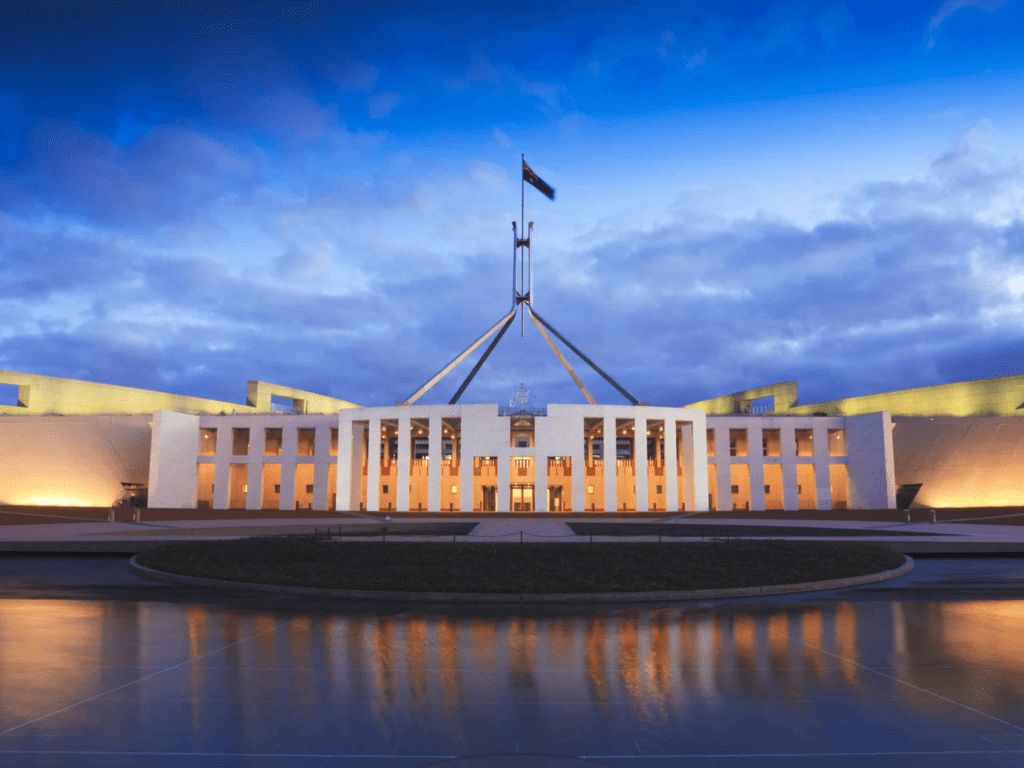In an attempt to accelerate the advancement of a green economy within the country, the Australian government has unveiled plans to invest an additional A$4 billion ($2.8 billion), as announced in the annual budget. The budget encompasses a range of measures aimed at fostering renewable energy generation, facilitating the growth of hydrogen production, encouraging energy-efficient buildings, and bolstering investments in critical minerals industries.
In the pursuit of becoming a world-leading hydrogen producer, the government will allocate $2 billion to the Hydrogen Headstart program, which will support large-scale renewable hydrogen projects. Additionally, a Guarantee of Origin scheme will be established with $38.2 million in funding to underpin markets for green energy, including hydrogen and other low-emission products.
The primary objective behind this financial injection is to address the commercial challenges faced by early-stage projects and propel Australia towards the realization of up to a gigawatt of electrolyzer capacity by 2030 through the establishment of two to three flagship projects. It is worth noting that Australia already boasts the largest pipeline of renewable hydrogen projects worldwide, with Treasurer Jim Chalmers emphasizing that achieving the nation’s target of net zero emissions by 2050 necessitates the integration of renewable hydrogen into its energy landscape.
Moreover, recognizing the critical role of minerals in the production of batteries and other green technologies, the budget also includes provisions for the vital minerals sector. Australia, a major supplier of lithium, the world’s third-largest cobalt exporter, and a significant producer of rare earth, copper, graphite, and manganese, plays a pivotal role in the global energy transition. However, the processing of these minerals into essential materials for applications ranging from electric vehicles to missiles largely takes place in China.
In an effort to address this dependency and attract foreign investment into local projects, the budget assigns A$57.1 million to a critical minerals program. The program aims to foster the development of critical mineral projects within Australia, promoting self-sufficiency and enhancing the nation’s role in the global supply chain for green technologies.
The Powering Australia Industry Growth Centre will be established with $14.8 million to support businesses in manufacturing, commercializing, and adopting renewable technologies. Furthermore, the government will invest in skills development for the clean energy sector and implement sustainable finance strategies, including a green bond program and measures to combat greenwashing.
The budget also emphasizes the importance of protecting the environment and supporting farmers. Initiatives include the establishment of Environment Protection Australia and Environment Information Australia, as well as increased funding for the Natural Heritage Trust and Commonwealth National Parks.
Biosecurity measures will be strengthened with over $1 billion in additional funding to protect agricultural exports and maintain a robust biosecurity regime. The Disaster Ready Fund will receive $200 million to enhance disaster resilience and preparedness through projects such as levee upgrades and bushfire risk reduction.
These commitments bring the government’s total investment in renewable energy and related sectors to over $40 billion, positioning Australia as a global leader in clean energy and sustainability.
Source: Australian Government Budget 2023-24
